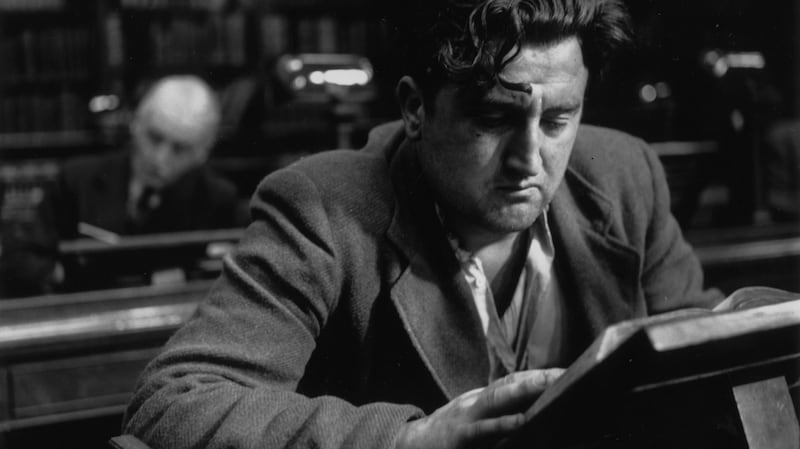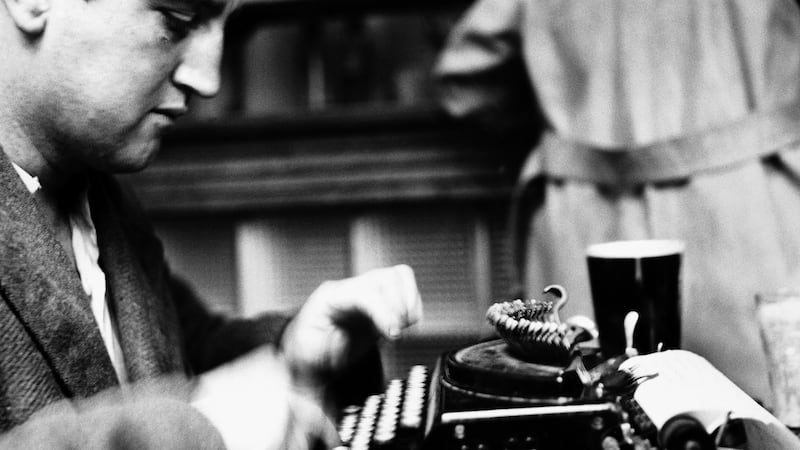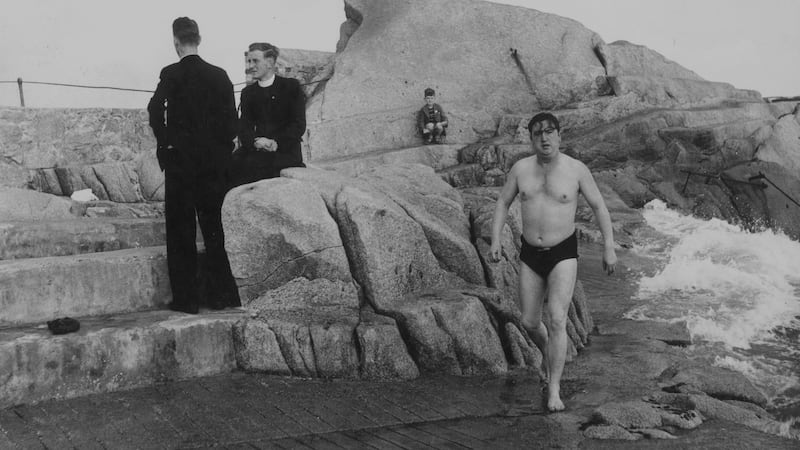That we are in the midst of an enduring wave of interest in and appreciation of contemporary Irish writing, and especially Irish women’s writing, both at home and abroad, is an evident truth that is undoubtedly to be celebrated. Having so many writers prominently in print does much to help us as a nation to think about issues that were kept under the lid of an unhealthy communal silence for too long. Many of our contemporary poets, novelists, and playwrights (and, more latterly, essayists) contribute to our understanding of how things stand today in our far from perfect, suddenly progressive and liberal late-capitalist, pro-European Ireland, a place for the most part relieved about the vanishing influence of the once-dominant Catholic Church while at the same time searching for new bearings and an alternative moral and social compass.
The ample space that is available to our writers helps nurture an environment in which successive generations can feel empowered to find their voice. How many of the current crop of writers will still be read and appreciated 50 years down the road is anyone’s guess and many contemporary readers (and writers) will not care. The selection process through which a canon is established is a slow, decades-long one that ultimately depends on critical frameworks and political, ethical, and aesthetic concerns that we can only intuit today. It will drive many of today’s successful writers into the shade as it already did yesterday’s, while a handful of others, who perhaps do not have the power of a major publisher behind them or do not write to the current agenda, may finally emerge into the sun.

Much of the writing that seems politically engaged and socially indispensable today and which will be the subject of in-depth analysis as part of the programme of the 50th anniversary conference of the International Association for the Study of Irish Literature (Iasil) that will take place in Trinity from July 22nd to 27th, will surely endure. More of it, however, will eventually come to appear dated, stale, stylistically dull, and too exclusively of its own time. The critical ground, to borrow the thematic core title of the Iasil gathering, tends to be shifting rather than fixed although the truly great works survive even the most severe of critical earthquakes.
Good initial reviews are, of course, no guarantee of a lasting literary career nor do bad ones guarantee long-term failure. Although initially praised abroad, it would have been hard to muster a dozen Irish critics in the 1920s or indeed in 1969 when Iasil held its very first gathering, who would have put money on Joyce achieving the astonishing prominence he currently enjoys. It took Ulysses at the very least a half century to begin to come fully into its own in an Irish context.
Against all the odds
When Brendan Behan was writing, he was doing so in a climate for creative expression that was far less fertile than the one the Irish writer enjoys today and there was little or no favourable wind to puff up his literary sails. It is unlikely, in any case, that he would have felt comfortable with the market-driven mechanisms of the current literary scene. He made (and broke) his own rules and became one of a handful of Irish writers – predominantly male – to achieve great success both at home and abroad against all the odds (being caught with an IRA bomb at a time when such a thing was neither popular nor profitable was not the ideal entry into adulthood not to mention into a successful literary career).
Today, 55 years after his death, a sheen of fame remains but Behan’s status within the canons of Irish or of (late/post) modernist literature is not entirely assured. The playwright burst onto the theatrical scene with plays such as The Quare Fella at the Pike Theatre in 1954 and An Giall, which was initially produced at the Damer on June 16th, 1958, and reappeared some months later in a very different English version entitled The Hostage. He was hailed as “the new O’Casey”.
His highly successful and artistically accomplished autobiographical novel, Borstal Boy, also appeared in 1958, his annus mirabilis. Even if Borstal Boy was promptly prohibited, allowing Behan to become part of what he humorously called “the best banned in the land”, it would achieve enduring success. And yet, although Behan remained in the spotlight in Paris, Berlin, and New York and continued to publish lesser works, his major literary accomplishments were completed by 1958 and it was a downward spiral from there to his death in 1964. No Irish writer was given a bigger funeral in Dublin (he was just 41 when he died) and no Irish writer was better known around the world.

The Behan myth has often overshadowed his uneven output and today his plays are only very occasionally performed at the Abbey, our national theatre, while our National Library felt no compunction about declining to bid for his literary archive when it was put to auction recently (it was bought for the relatively modest sum of £200,000 by Princeton University).
What remains in the public eye is, more than anything else, Borstal Boy, which problematically conflates the larger-than-life figure that Behan undoubtedly was with a fictional construct. While the original novel continues to be read, more prominent is the stage adaption by Frank McMahon, originally directed by Tomás Mac Anna at the Abbey in 1967. This production became the longest-running play in the history of the Abbey and won the 1970 Tony Award for Best Play after a long run at the Lyceum Theatre in New York. It was most recently seen in 2015 at the Gaiety with Gary Lydon and Peter Coonan in the leading roles.
Relative neglect
While the adapted play continues to enjoy regular revivals, Behan’s own plays languish in a state of relative neglect. It is high time also to give Behan’s broader theatre canon the airing it deserves. Why, we might well ask, apart from the obvious commercial reasons of cast size and costs, have Behan’s major plays in English, The Quare Fellow and The Hostage, not to mention his excellent and original Irish-language version of the latter, An Giall, not become more regularly produced classics of Irish theatre?
The answer seems to be that they have been obscured by the troubled and exuberant personality – Behan as borstal boy, boozer and bomb-maker? that continues to upstage the work. As Augustine Martin put it, many decades ago: “Brendan Behan does not invite critical comment on his work. The whole character of the man discourages it.”
Luckily, many critics today disagree and defy Behan himself and focus on the writing. Many of them are gathered in the recently published volume, Reading Brendan Behan, which I edited for Cork University Press and which builds on John Brannigan’s ground-breaking 2002 monograph, Brendan Behan, Cultural Nationalism and the Revisionist Writer.

There is still very much a case to be made for Behan as a bilingual writer at home in many genres; as a bright and intellectually-informed literary star who, having toyed perilously with terrorism, eventually used his pen to ignite the Irish literary scene and to drag it out of the dreary decades of post-revolutionary disappointment and away from the often provincial social realism that was its staple product.
Behan became Behan by never ceasing to be himself – a working-class Dublin writer – by building on his origins through a series of intellectually creative engagements. He played a crucial role in challenging the rural aesthetic that dominated Irish letters in the 40s and 50s, complaining that cultural activity, even in Dublin, was largely “agricultural”: “They write mostly about their hungry bogs and the great scarcity of crumpet. I am a city rat. Joyce is dead and O’Casey is in Devon. The people writing here now have as much interest for me as an epic poet in Finnish or a Lapland novelist.”
Against this unpromising background, Behan gave voice to the Dublin working class and to Dublin republicanism but also represented a working class that transcended nationalism. He did so both as a maverick but also as an unruly member of the broad modernist literary movement. His modernist credentials were bolstered through his reading of Joyce and his spells in Paris, where he forged literary friendships with Beckett, Camus, Sartre and de Beauvoir, among others.
Equally important were his initially unlikely connections with the English working-class prisoners that he encountered in borstal, with English theatre directors, such as Joan Littlewood and Alan Simpson. But his engagement with the Irish language and the poetic tradition in Irish as well as with contemporary writers in Irish, such as Máirtín Ó Cadhain, was also vital. His works expand when read within these varied contexts.
Brendan Behan’s writings challenged the status quo. They subverted political, social, and sexual conventions at a time in Ireland when it was deeply unpopular to do so. He turned the world as most saw it on its head. Managing to educate himself while incarcerated at Hollesley Bay Borstal and later in Mountjoy and the Curragh, he used his time of imprisonment to achieve a precious personal freedom which, in turn, became the foundation upon which he constructed his literary career. He was decades ahead of his time and fully deserves to have his voice heard in the Ireland of today, which is always in need of voices like his that relish the chance to sing outside the choir.
John McCourt is Professor of English literature at the University of Macerata and the editor of Reading Brendan Behan (Cork University Press, 2019)















